If the rose is the queen of flowers, then the dahlia is the archduke. Colorful and lush, as if collected from painted silk or ornamental rice paper, dahlia inflorescences decorate the garden from early summer to late autumn, bordering on winter. And for planting them in open ground to be a success, you should follow only six tips. And it is immediately important to emphasize that the information presented concerns growing dahlias from tubers, and not from seeds.
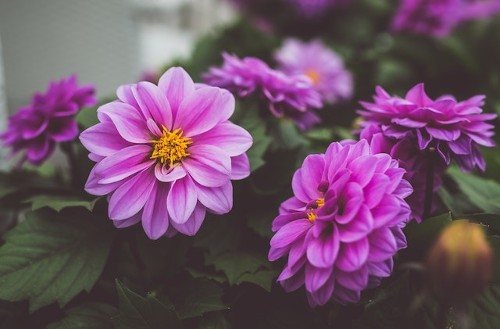
Suitable timing
To plant in open ground, stable heat must be established—dahlias are contraindicated in temperatures below 0 °C.
In the south, dahlias, especially if the winter had little snow, can be planted from mid-April to the end. In the middle zone and the Moscow region, it is better to wait until the first half of May, and if there is the slightest threat of frost, it is even worth insuring yourself with covering material. The climate in Siberia and the Urals forces dahlias to be planted from mid-May to early June.
As for the Lunar calendar, its adherents claim that dahlias are distinguished by their acute sensitivity to the Earth’s satellite, along with roses, marigolds and gillyflowers.
And if possible, they should be planted not on favorable days that “float” over the years, but on numbers that are consistently positive for any year. In March it is 12–14, 19 and 23–25. In April - 2-7, 20-22 and 29. In May - 7, 11-13, 18-23 and 31.
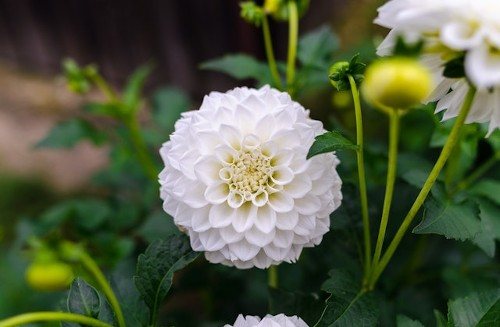
Best place in the garden
Dahlias need sun that illuminates them for at least half a day, so in theory they can be planted along fences, hedges, and on various architectural features of the site.
Trees can form a fence for a flower garden, but they cannot be placed in close proximity, otherwise the powerful root system will interfere with the normal “life” of the underground part of the dahlias.
Although they belong to water-loving flowers, ground sources should lie no higher than 60–70 cm from the ground surface. In areas prone to waterlogging, flower beds are laid out on artificial hills. And where the summer is hot and the soil is reminiscent of the steppes, it is recommended to surround the dahlia plantings with low earthen ramparts, capable of retaining the moisture received by the flower garden during the evening watering all night long.
Dahlias should be inaccessible to freezing drafts, powerful gusts of wind that break them off, as well as to dry winds that can dry out the above-ground part of the plants, even to the point of burning the green foliage and tops with buds.
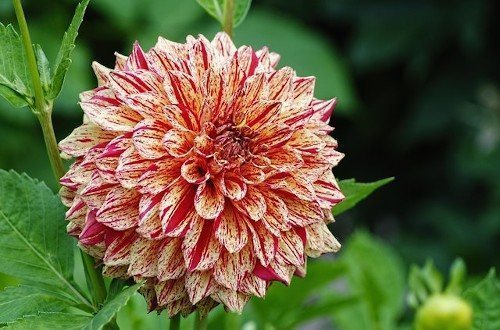
Soil preparation
In principle, dahlias are undemanding to its structure, but extremes need to be corrected, for which:
- a heavy, clayey area is dug up, adding peat, river sand, and fine coal slag;
- a sandy area prone to erosion is improved by adding peat, vermiculite, and perlite.
If you find a lot of small pebbles in the ground, you shouldn’t bother sampling them, because dahlias are strong flowers, and such an admixture will not hinder their development.
It is also recommended to check the acidity of the soil, and for this you do not need to send soil samples somewhere - you can use litmus papers.Soil with Ph 4–5 is improved by adding 30–100 kg of slaked lime per hundred square meters; soil with Ph 8 or higher is added with a little peat.
To ensure that the soil is water-receptive and at the same time permeable and breathable, in the fall the area for future planting of dahlias is dug up with a shovel twice with an interval of 2 weeks.
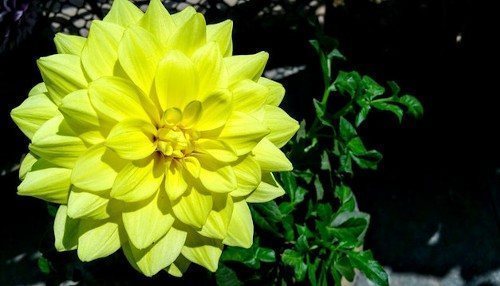
Inspection and preparation of planting material
Even if it has been stored in ideal conditions, an inspection will not hurt. Tubers may be damaged by rot or pests. If the damage has captured the entire rhizome, all that remains is to throw it away, but if about 20% of the surface is damaged, it can be saved. To do this, the affected areas are cut off and treated with “healing” crushed charcoal or lubricated with brilliant green. Tubers that have dried out over the winter can be brought back to life by soaking them in Epina's solution.
And in the spring, experienced flower growers are engaged in dividing dahlia tubers. This procedure promotes the rejuvenation of plants and also improves their decorative properties - dahlias form large flowers that last a long time in the garden or as cut flowers.
It is best to divide tubers, even if they are a little roughened, in the spring - at this time the buds clearly appear on the rhizomes. If they are late, the tubers should be wrapped in a damp cloth, wait until short new shoots appear and then divide.
Immediately before planting, it is recommended to treat dahlia tubers with phytosporin - if they have suffered from winter storage or when there is a suspicion that pests and pathogens have overwintered on the site.
When you want to speed up the flowering of dahlias by about 2 weeks, they are forced to take root at home, burying them slightly in a moist substrate made from garden soil, sand, peat and sawdust. Before germination, the pot with tubers is kept warm and covered with film.
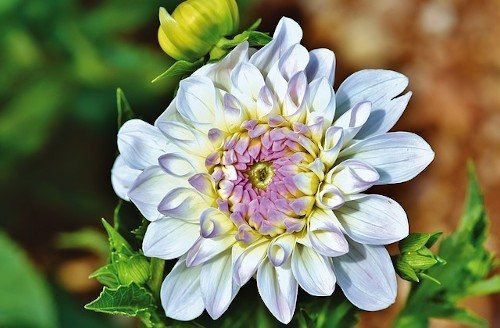
Fertilizer application
The first time they are introduced during planting, adding 1/3 of a bucket of compost or rotted manure, 1 cup of ash and 1 tablespoon of superphosphate to each hole. It is useful to know that the last two components can be replaced with any complex mineral flower fertilizer, for example, Rainbow.
1 week after planting, you need to add mullein infusion prepared with water in a ratio of 1:10. After another week, this natural fertilizer is applied again.
During the period of bud formation for dahlias, there is nothing better than a nutritious “cocktail” of ammonium nitrate and superphosphate in proportions of 40 g and 80 g per 20 liters of water, respectively. This fertilizer is enough for 6–10 bushes.
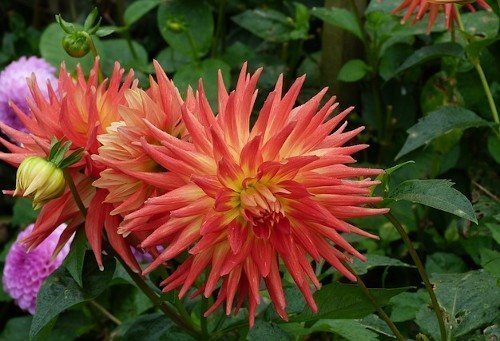
Post-planting care basics
For dahlias at any age, the most dangerous thing is drought - they are stunted in growth, their stems become woody, and flowering is delayed or looks pitiful. If the summer promises to be hot, and dahlias are beloved and expensive, it makes sense to invest in an irrigation system with fine sprinkler, which should be turned on for 10-15 minutes a couple of times a day to humidify and cool the air.
While young dahlias are developing and increasing their green mass, the soil is often cleared of weeds and loosened after each watering.But with the appearance of buds, you can unload - dahlias grow so luxuriantly that it is difficult to get close to them with a rake, so loosening is replaced by mulching, using humus or peat.
However, it is unacceptable to allow excessive thickening of dahlias, under which fungal diseases can easily develop. So if necessary, you can tear off all the foliage to a height of 30–40 cm from the ground surface.
When autumn coolness arrives, but not yet frost, it is recommended to hill dahlias to a height of 15–20 cm to protect the roots from freezing.
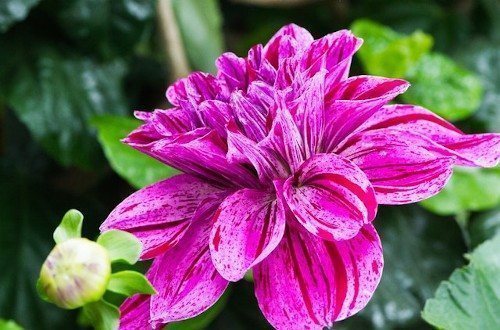
To summarize, we can say that growing dahlias is not a difficult task, consisting of simple steps framed by easily followed tips and rules.


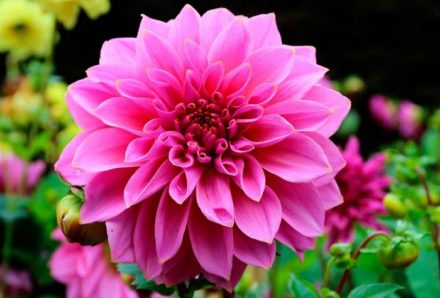
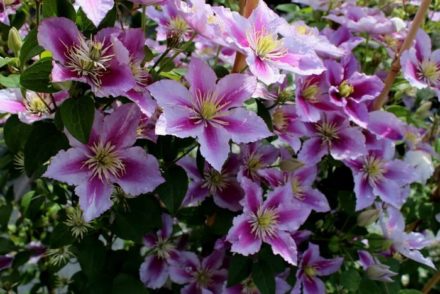
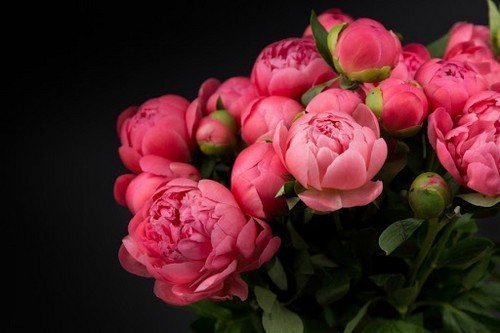
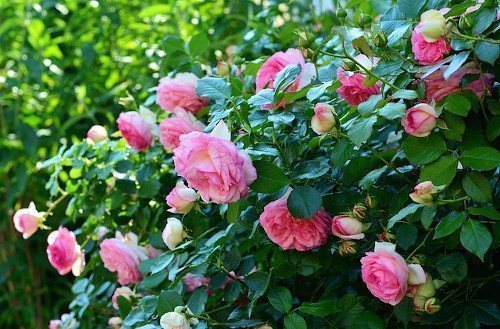
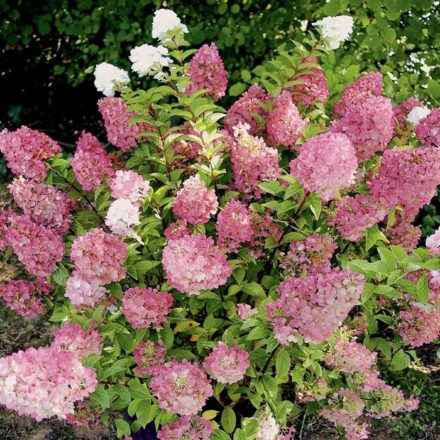
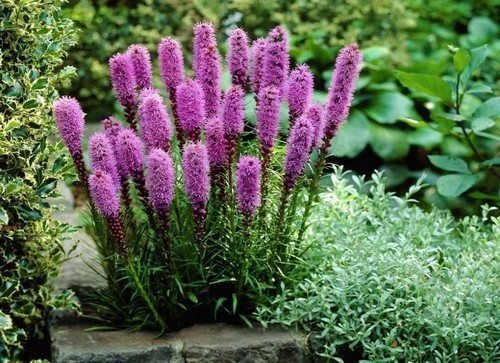
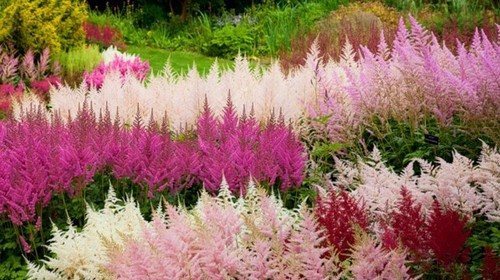

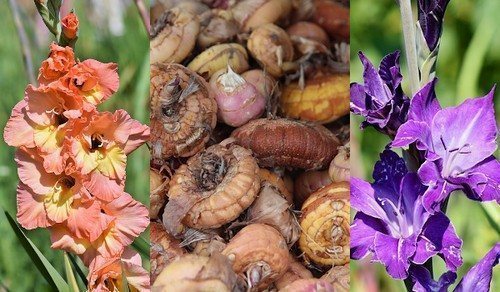
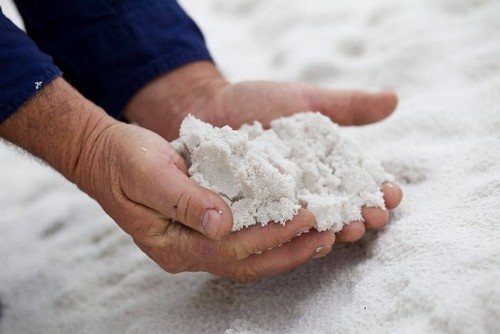
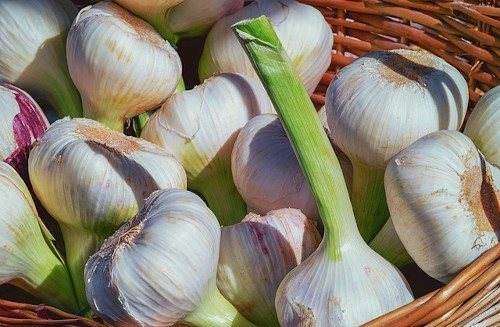
After winter I planted dahlias in containers. They have grown to a height of 50 cm. What to do? it's cold outside.
Can it be replanted in the ground?
Leave it to grow in buckets?
If possible, give advice.